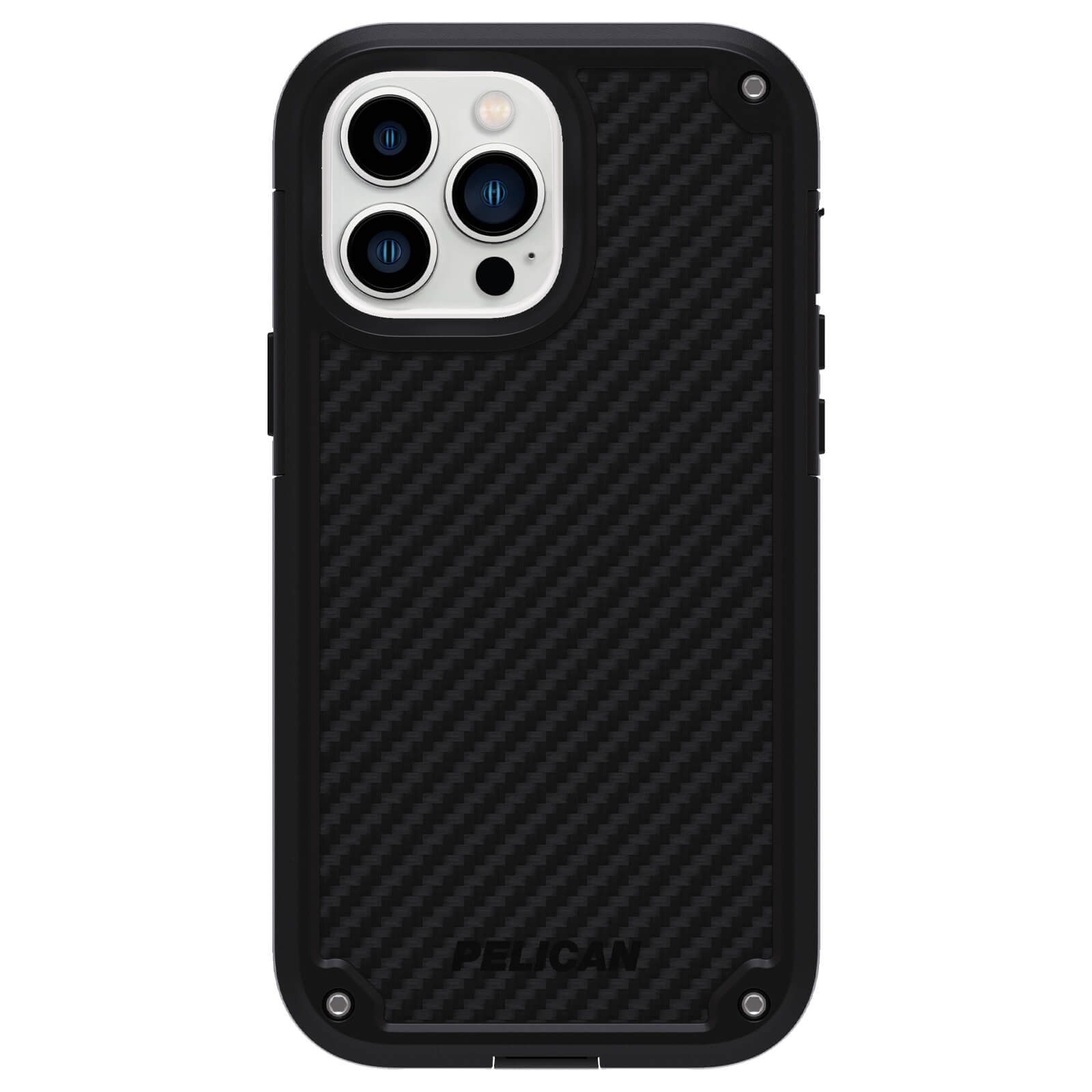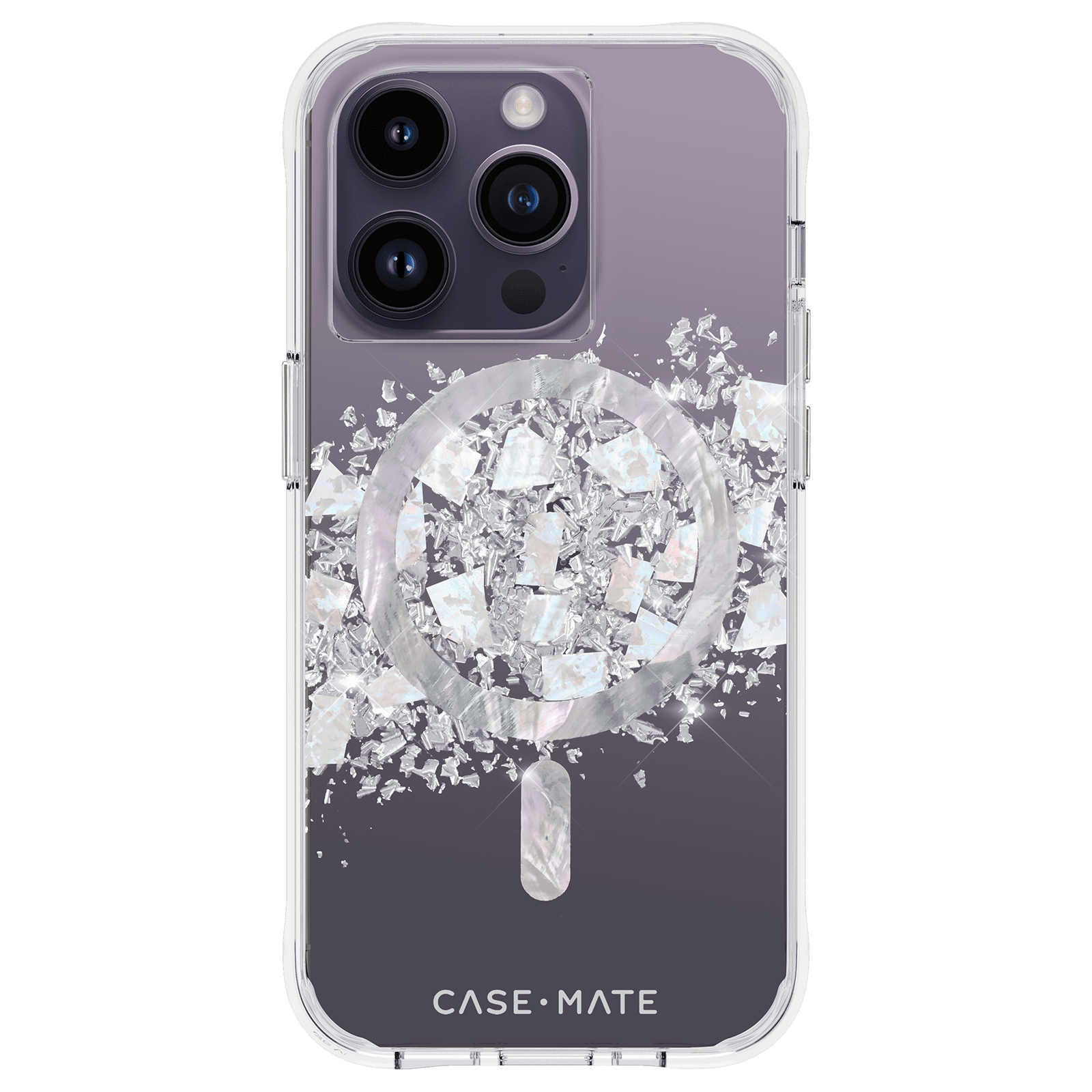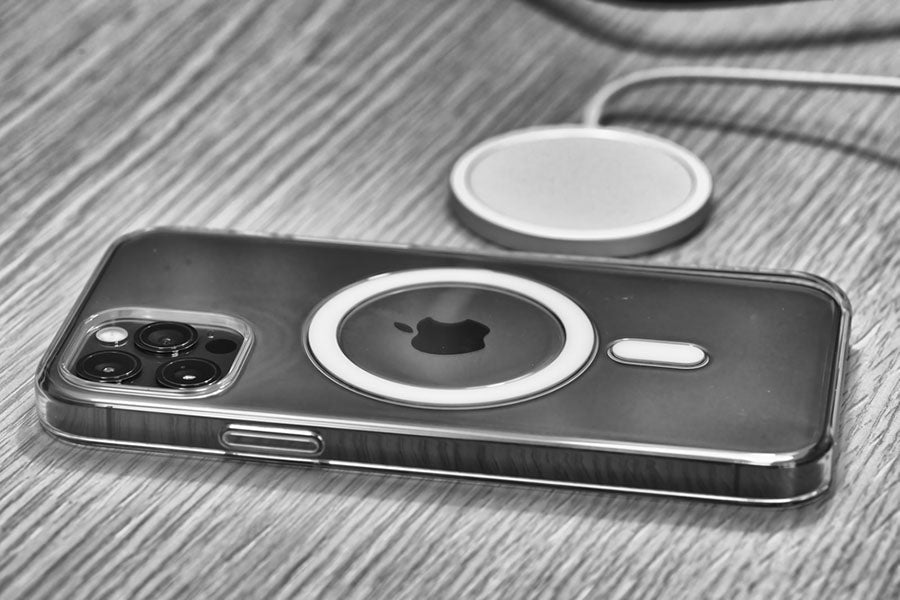Cart
Your cart is empty
Source: acarapi/Shutterstock.com
It is evident that iPhone 14 has many exciting features, and customizable iPhone 14 cases have become a necessity that will best complement and protect its style and features. Before you jump to purchase this new iPhone, you may be wondering if this model has a SIM card slot.
Let’s cut to the chase. One of the most significant changes in the iPhone 14 models in the U.S. is that they don’t have sim card trays. Apple instead shifted to using eSIM for you to connect to your network provider. Now, you might be wondering what an eSIM is and how it works. We got you, so read on!
WHAT IS AN ESIM?
An embedded SIM or eSIM is ingrained in all iPhone14 models. They have dual eSIM support, meaning, you can use two separate cellular connections simultaneously. You will need an internet connection and your carrier’s information to activate the eSIM before you can use two networks.
eSIM or embedded SIM cards are becoming increasingly available around the world. It also allows users to switch between carriers and networks easily. Upgrades such as 4G to 5G previously required a new SIM card, but eSIMs can perform these upgrades with a software update for added convenience. The iPhone 14 can have up to two eSIMs activated at the same time, but it can store up to eight eSIMs.
IPHONE 14 PRO MAX CASES
HOW ESIMS MAY AFFECT YOUR EXPERIENCE
One of the major advantages of an eSIM is its convenience. You don’t have to stop at a store or have a physical SIM sent to you to activate your phone. You simply need to connect to an internet connection such as Wi-Fi, and many carriers provide a QR code card to ease the activation process: You can switch between two carriers with a few taps. This can be helpful when traveling to a different country as you can activate an eSIM in the new country without switching out SIM cards. When it comes to security, eSIMs are more secure than physical SIMs since they can’t be removed or replaced.
When it comes to disadvantages, not all carriers have adopted eSIMs. While this won’t be much of an issue in the U.S., it can have an impact on your travels. Some international carriers only offer physical SIM cards, meaning you won’t be able to use your iPhone 14 as easily while abroad.
Another disadvantage of an eSIM is if you break your iPhone 14. Previously, if you broke your phone, you could easily pop the SIM card into an old or backup phone while waiting for a replacement. With an eSIM, you’ll have to wait for your new phone to arrive. When switching between phones, you may need to call your carrier to transfer the eSIM.
Since eSIM services aren’t standardized, if you have an eSIM with an Android phone, you won’t be able to make use of Apple’s Quick Transfer service to move the eSIM to your new iPhone 14.
Source: DenPhotos/Shutterstock.com
CAN YOU USE AN IPHONE 14 FROM A DIFFERENT COUNTRY?
Outside the U.S., iPhone 14 models are equipped with the same Dual-eSIM configuration while providing a single physical SIM card tray for added flexibility. Outside of the U.S., eSIM technology’s adoption rate can vary, so it may be tempting to import a non-U.S. version to gain the physical SIM card slot.
IPHONE 14 SERIES CASES
PROTECT YOUR IPHONE 14 WITH A NEW CASE
While the lack of a SIM card slot has its disadvantages, there are plenty of benefits that come with the iPhone 14 utilizing eSIM modules. You can easily switch between carriers, and you can utilize your iPhone 14 abroad in countries that also offer eSIMs.
Once you’ve selected your new iPhone 14, you should browse our selection of available iPhone 14 cases, iPhone 14 Plus cases and iPhone 14 Pro Max cases to help customize and protect your new smartphone. Don’t forget to pick up AirPods cases, too. There are plenty of options to choose from that can match your unique style.




























